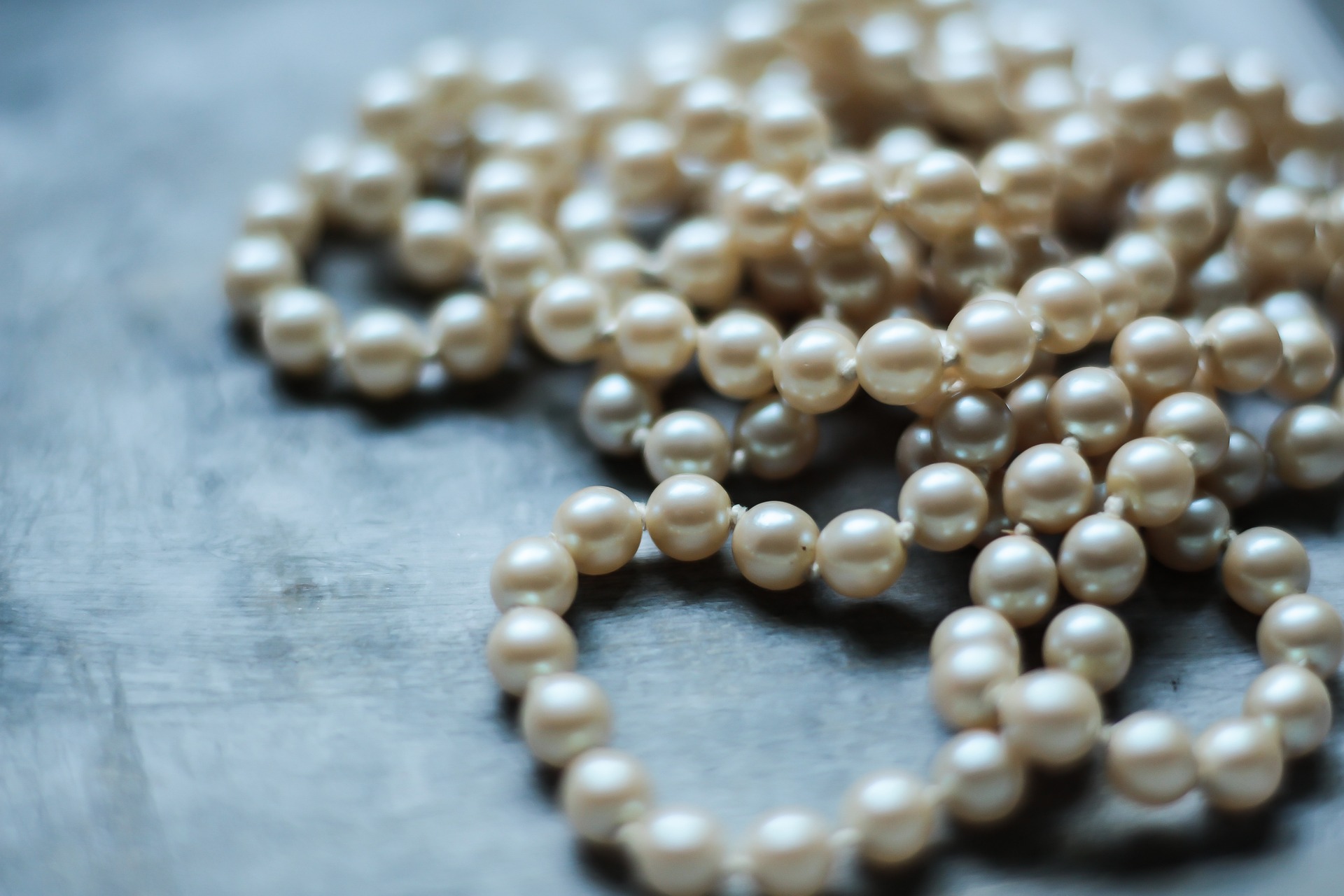PCOS is one of the most common endocrine disturbances. Many women are not privy to the fact that they have PCOS until the endocrine disturbance becomes so problematic that their periods become non-existent, this is called amenorrhea and is brought on by anovulation which creates fertility challenges.
Diagnosing PCOS

With PCOS, there are mandatory symptoms and then additional signs and symptoms that can further confirm the diagnosis. To qualify for a diagnosis of PCOS, a patient must only exhibit two of the following: Anovulation, hyperandrogenism or polycystic ovaries (an ovary with 12 or more follicles measuring 2-9mm). Other signs and symptoms which are less important are weight gain, menstrual cycle disturbances, hirsuitism, hyperinsulinemia (or other insulin issues), acne, alopecia or thinning hair, skin tags and acanthosis nigricans.
A word about weight gain– research shows about 60% of women that have PCOS are overweight, in our experience at Tao to Wellness, that is not accurate. In our clinical experience, about 60% of women actually tend towards being on the leaner side. We wanted to share this finding because if you are not exhibiting classic text book symptoms, but are still wondering, don’t necessarily rule this diagnosis out just yet.
Lab work is extremely valuable and usually provide the initial clue. Usually a patient comes to us with lab work from their OBGYN, but know that we are happy to order labs as well. The most common lab finding in PCOS patients is a high LH with a normal FSH in a 2:1 ratio. Whenever we see this in the clinic, even if the patient is having normal periods, this is a clue that PCOS is possibly in the beginning stages.
Other lab findings:

- High LH (low or low/normal levels of FSH, 2:1)
- High Testosterone (especially Free T)
- High DHEA (high in half of women)
- Low SHBG (This is Sex Hormone Binding Globulin and is controlled by hormones. Testosterone inhibits SHBG and estrogen and thyroxine stimulate SHBG. Women with PCOS have a 50% reduction in circulating SHBG, which is a response to the increased Testosterone.)
- High Androgens
- High Prolactin (20% of women have high levels, because of increase pulsatility in gonadotropins)
- Possible High Estrogen (E2)
- High TSH
False OPK’s (Ovulation Prediction Kits)
Women with PCOS ovulate late in the cycle, if at all and when they do, the quality of the egg is compromised due to the late ovulation.
Not always, but often, a woman may receive a false positive on an OPK test. This is due to excess androgens produced by the cyst entering the bloodstream and altering the HPO (Hypothalmic Pituitary Ovarian) axis. Usually estrogen is also high in relation to progesterone, which causes an increase in LH and testosterone. In turn, the hormonal cascade causes no ovulation. A woman may think they are ovulating because of the positive OPK, but she isn’t. The test is only detecting the LH surge. This results in a false positive.
How Chinese medicine can help
There are a few scenarios from a Chinese medicine point of view, but one that is usually consistent in PCOS is, there is always excessive damp. Dampness can wreak havoc in the body and throw the hormone system off which results in, as mentioned, anovulations and compromised egg quality.

Acupuncture is wonderful for PCOS, it moves the damp, it communicates directly to the hypothalamus and resets the feedback loop between the brain and the ovaries. The hormones become regulated again, inflammation is decreased in the uterine environment, digestion and sleep are enhanced so that repair and rejuvenation can occur.

Chinese herbal medicine is also an extremely effective modality in treating PCOS. By combining acupuncture and Chinese herbal medicine, patients achieve predictable cycles faster. At Tao to Wellness, we are proud to have a full granular Chinese herbal pharmacy, which grants us the freedom to customize formulas for each patient. In working with PCOS, we find that using many different herbs and formulas to mimic the different phases of the menstrual cycle gives us the best results. For example, if a patient has a four week follicular phase and a one week luteal phase. We would utilize different herbs to adjust the timing of that cycle. Chinese herbal medicine can also increase blood flow to the uterus to enhance the lining, regulate the hormones and relax the mind. And particularly for PCOS, Chinese medicine has specific herbs to dissolve the waxy capsule that make the ovaries polycystic.
With PCOS, Chinese nutritional guidelines are also of the utmost importance in order to balance the communication between the brain and the ovaries. This is a delicate balance. There are many foods that claim to boost fertility, but in the case of PCOS, we often need to limit those foods because of it’s effect on estrogen. Instead, we rely on different foods to help regulate the right hormones, bring down inflammation and support blood flow.


